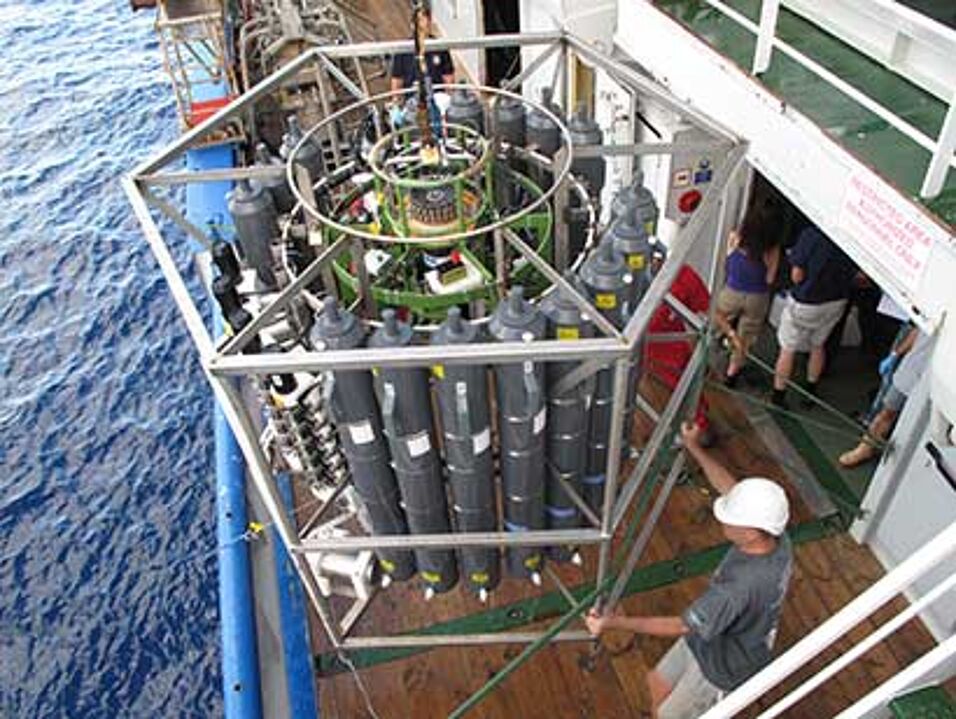Marine researchers led by Gerhard J. Herndl from the University of Vienna and the American Bigelow Laboratory for Ocean Sciences have now shown that deep-sea nitrite-oxidizing bacteria are major players in the conversion of carbon dioxide into biomass. The results of the study are currently published in the renowned journal "Science".
"Major role of nitrite-oxidizing bacteria in the dark ocean carbon fixation": Maria G. Pachiadaki, Eva Sintes, Kristin Bergauer, Julia M. Brown, Nicholas R. Record, Brandon K. Swan, Mary Elizabeth Mathyer, Steven Hallam, Purificacion Lopez-Garcia, Yoshihiro Takaki, Takuro Nunoura, Tanja Woyke, Gerhard J. Herndl, Ramunas Stepanauskas.
Science 24 Nov 2017: Vol. 358, Issue 6366, pp. 1046-1051 DOI:10.1126/science.aan8260

